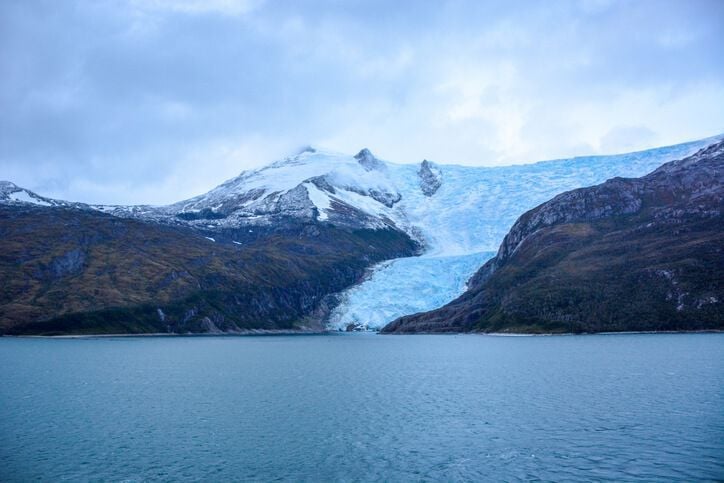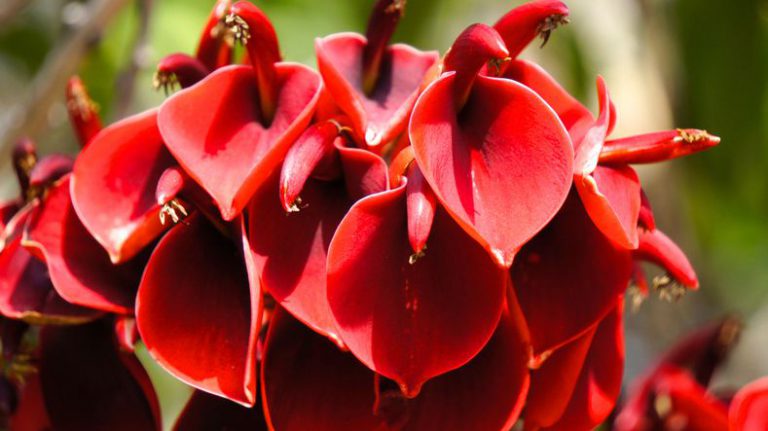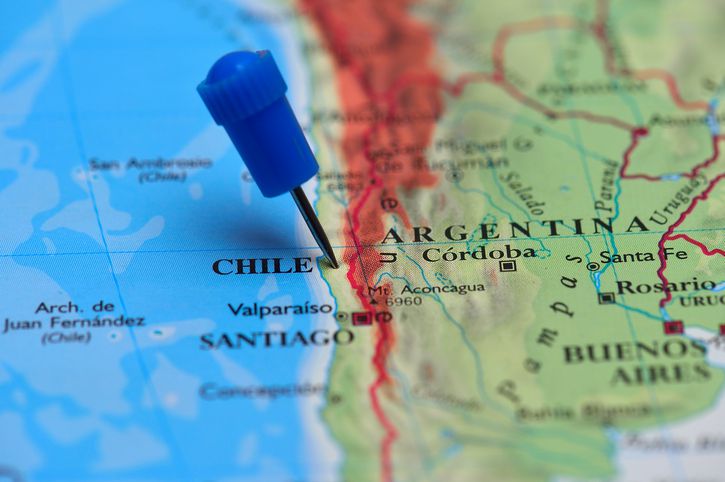A Natural Marvel
Cyttaria’s most recognizable feature is its fruiting body – a pale yellow to orange, golf ball-sized growth that emerges from the branches and trunks of its host trees. These eye-catching formations are found in the Patagonian forests, particularly in Chile, Argentina, and even as far as New Zealand and Australia. The sight of these fungi adorning the trees like natural ornaments is a highlight for many hikers and nature enthusiasts exploring the region.
Cyttaria: A Taste of Tradition
One of Cyttaria’s most intriguing aspects is its edibility. The indigenous people of Patagonia have long recognized its culinary potential, incorporating it into their diet for generations. When harvested young and fresh, Cyttaria offers a unique gastronomic experience with its crisp texture and subtly sweet, nutty flavor that some liken to apple or coconut. This edible quality provides visitors with a rare opportunity to literally taste the local culture and biodiversity.
However, it’s crucial to approach foraging with caution. While generally safe to consume, proper identification is essential, and harvesting should only occur in permitted areas. Guided foraging tours led by local experts are highly recommended for those eager to sample this natural delicacy safely and responsibly.
Ecological Significance
Far from being a mere culinary curiosity, Cyttaria plays a vital role in its ecosystem. Its relationship with the southern beech trees exemplifies the intricate balance of nature. While the fungus does inflict some damage on its hosts, it rarely proves fatal. Instead, it creates hollows and cavities that serve as crucial habitats for various bird species, including woodpeckers and owls.
The specificity of Cyttaria’s adaptation to its host trees is remarkable, with different Cyttaria species corresponding to different species. This specialization not only showcases the wonders of co-evolution but also makes Cyttaria an important indicator of forest health and biodiversity.
A Photographer’s Dream
For those with a passion for photography, Cyttaria offers endless possibilities. The stark contrast between the smooth, pale fungal bodies and the dark, rough bark of the beech trees creates visually compelling compositions. Macro photographers, in particular, will find the intricate textures and patterns of the fungus a rewarding subject to capture.
Planning Your Cyttaria Adventure
The best time to observe Cyttaria is during the austral spring and summer, typically from October to March, when the fruiting bodies are at their peak. National parks such as Nahuel Huapi in Argentina and Torres del Paine in Chile are excellent locations for Cyttaria spotting, offering well-maintained trails through fungus-rich forests.
To maximize your experience, consider joining guided nature walks or hiring local naturalist guides. These experts can provide valuable insights into Cyttaria’s ecology, cultural significance, and the broader ecosystem it inhabits.
A Window to the Past and Future
Cyttaria’s significance extends beyond its current ecological role. These fungi offer a glimpse into the evolutionary history of the Southern Hemisphere’s forests. Notably, Charles Darwin collected Cyttaria specimens during his voyage on the HMS Beagle, making them among the first scientifically described specimens from his South American explorations.
As climate change continues to impact global ecosystems, studying and preserving organisms like Cyttaria becomes increasingly important. These fungi serve as silent storytellers, narrating tales of the past while potentially holding clues to the future of our planet’s biodiversity.
In conclusion, encountering Cyttaria in the wild is more than just a unique sighting; it’s an invitation to connect with nature on a deeper level. As you explore the forests where Cyttaria thrives, remember to tread lightly and observe respectfully. Let this remarkable fungus inspire a greater appreciation for the intricate web of life that makes Patagonia, and indeed our entire planet, so extraordinary.
No comments yet
There are no comments on this post yet.




Leave a comment